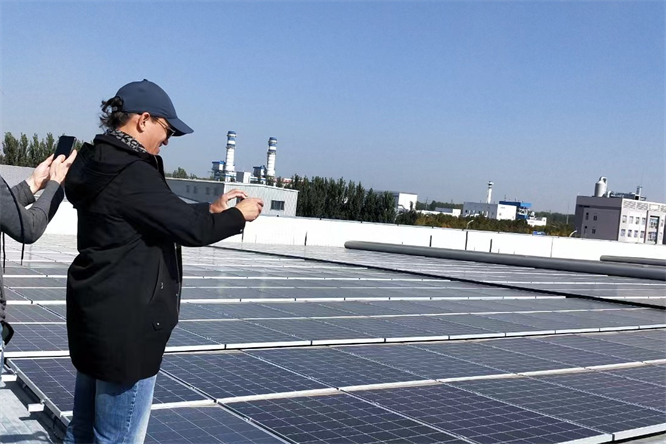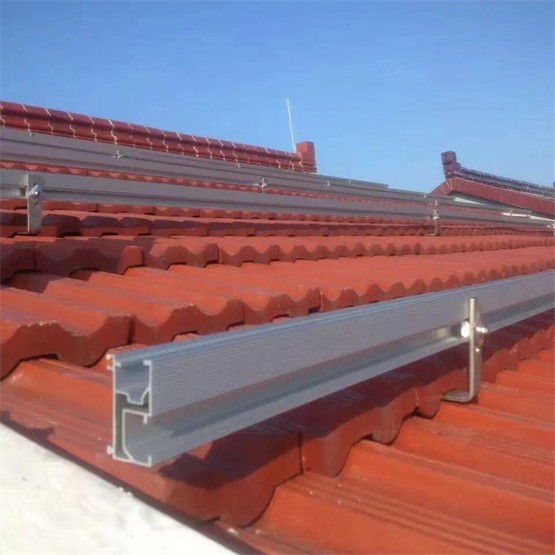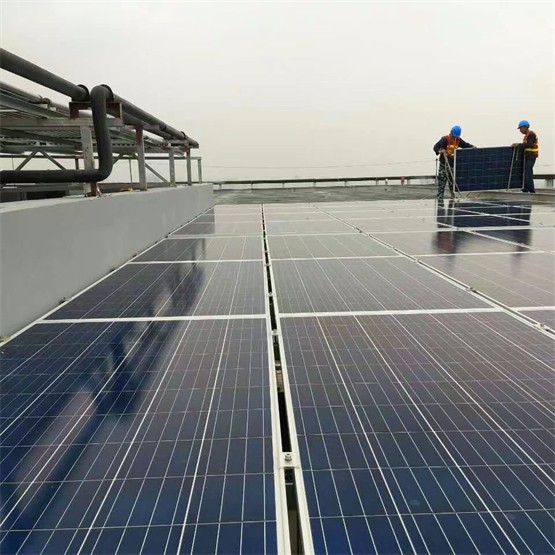Description
Understanding Solar Photovoltaic Modules:
Solar PV modules, also known as solar panels, consist of multiple photovoltaic cells interconnected within a frame. These cells are typically made from silicon, a semiconductor material that generates electricity when exposed to sunlight through the photovoltaic effect. The electricity produced by the cells is then captured and converted into usable power for various applications.

Key Features and Benefits:
Renewable Energy Source: Solar PV modules harness abundant sunlight, making them a renewable and sustainable energy source with minimal environmental impact.
Scalability: Solar PV systems can be customized to meet specific energy needs, from small residential installations to large-scale solar farms.
Reliability: With no moving parts, solar PV modules require minimal maintenance and have a long operational lifespan, providing a reliable source of electricity.
Cost Savings: By reducing reliance on grid electricity and fossil fuels, solar PV modules can lead to significant cost savings on energy bills over time.
Energy Independence: Solar PV systems offer energy independence by generating electricity on-site, reducing reliance on centralized power generation and distribution networks.

Applications of Solar PV Modules:
Residential: solar photovoltaic modules are widely used in residential applications, providing homeowners with clean, renewable energy for powering homes, heating water, and charging electric vehicles.
Commercial: In commercial settings, solar PV modules can offset energy costs for businesses, schools, hospitals, and other institutions, while also demonstrating a commitment to sustainability and environmental stewardship.
Industrial: Solar PV modules play a vital role in industrial applications, providing reliable power for manufacturing processes, agriculture, and remote off-grid operations.
Utilities: Large-scale solar PV installations, such as solar farms and utility-scale solar plants, contribute to grid stability and diversify the energy mix, reducing reliance on fossil fuels and lowering carbon emissions.

Recent Innovations and Advancements:
Advancements in solar PV technology continue to drive efficiency improvements and cost reductions. Recent innovations include:High-Efficiency Solar Cells: New materials and manufacturing processes have led to the development of high-efficiency solar cells, increasing the power output and performance of solar PV modules.
Bifacial Modules: Bifacial solar photovoltaic modules capture sunlight from both the front and rear surfaces, enhancing energy yield and performance in a variety of environments.
Smart Monitoring and Control Systems: Integrated monitoring and control systems enable real-time performance tracking and optimization, maximizing energy production and system efficiency.
Conclusion:
Solar photovoltaic modules represent a transformative technology with the potential to reshape the global energy landscape. With their renewable nature, scalability, reliability, and cost-effectiveness, solar PV modules offer a sustainable solution for meeting the world's growing energy demands while reducing carbon emissions and mitigating climate change. As advancements in solar PV technology continue to drive innovation and affordability, the future looks brighter than ever for solar energy adoption.
PETROL STEEL CO., LTD is committed to promoting the adoption of solar PV technology through our range of high-quality solar PV module products. Contact us today to learn more about how solar energy can power your future.
Solar photovoltaic modules, Solar photovoltaic, Solar panels, PV modules, Solar panel, PV systems, Solar modules, Solar electricity, Solar installation, Solar solutions, Solar energy, Photovoltaic technology, Solar industry, Solar efficiency, Solar innovation, Solar power, Solar cells, Solar investment, Solar market, Renewable energy, Sustainable Energy, Clean Energy, Green energy, Solar module efficiency, Solar module technology, Solar module manufacturers, Solar panel installation, Solar panel efficiency, Solar panel production, Monocrystalline solar panels, Polycrystalline solar panels, Thin-film solar panels, Solar panel lifespan, Solar panel durability, Solar panel performance, Solar panel warranty, Solar panel cost, Solar panel efficiency comparison, Solar panel size, Solar panel output
 English
English Chinese
Chinese







